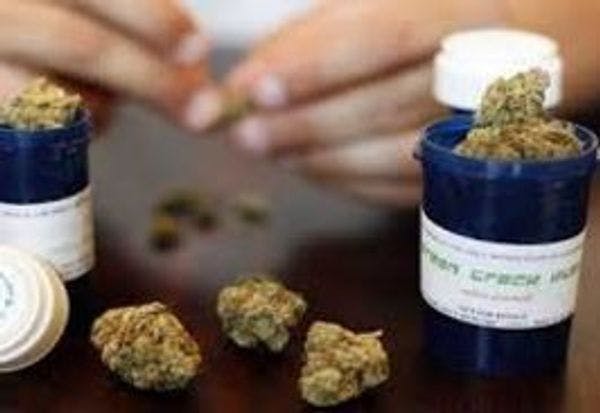Flaws in the launch of New York's medical marijuana programme
By Lydia O'Connor
New York's medical marijuana program finally begins Thursday, a year and a half after it was approved, but it won't be the landmark achievement its advocates dreamed of.
A dearth of marijuana vendors and producers, onerous restrictions on patients and requirements that doctors take a special class likely will cripple medical marijuana in the state, according to advocates.
New York's program "is definitely better than no program at all," Karen O'Keefe, director of state policies at the Marijuana Policy Project, told The Huffington Post in an email. But not by much.
New York, the 23rd state to offer patients medical marijuana, will allow eight dispensaries to open on Thursday, based on the June 2014 medical marijuana law. Twelve more are set to open later this month - a number advocates said is far too low.
Missy Miller, who lives in Long Island town of Atlantic Beach, said in a statement through the Drug Policy Alliance that the dispensary shortage would leave her son without medicine.
Also problematic, Liszewski said, is that the state only awarded five producer licenses to grow medical marijuana which will keep variety low.
The steps physicians must take in order to prescribe the drug also appear to be holding back the program, advocates said. Patients will only be able to get a medical marijuana prescription from doctors who have completed the state's four-hour, $249 online course, which so far only 150 physicians have done. Such a process is uncommon in the 22 other states with medical marijuana laws. The Drug Policy Alliance reported that New York patients are having a hard time finding doctors who have completed the training.
Advocates have been pointing out what they see as flaws in New York's law since it was first passed. Only patients living with one or more of 10 conditions, including cancer, HIV or AIDS, and multiple sclerosis, will be allowed access to the drug. Even with a qualifying condition, patients must also show signs of serious wasting, seizures or other types of pain to qualify for marijuana.
O'Keefe warned that New York's policy will drive patients who have severe and constant pain to addictive opiate prescription drugs, which figure in more than 16,000 fatal overdoses annually. By comparison, zero people fatally overdosed on marijuana in 2015.
Click here to read the full article.
Keep up-to-date with drug policy developments by subscribing to the IDPC Monthly Alert.
Thumbnail: Reuters/Mario Anzuoni
